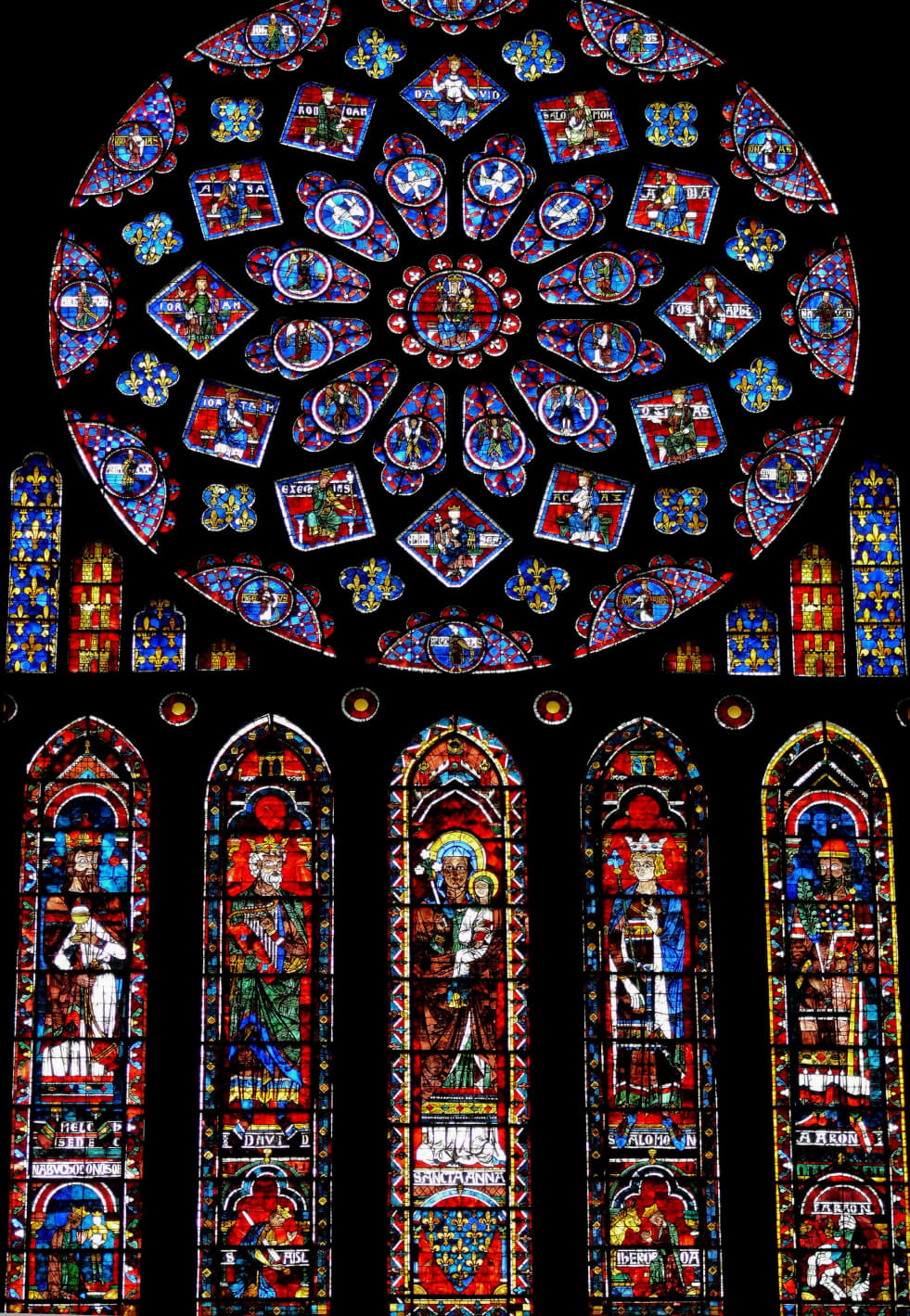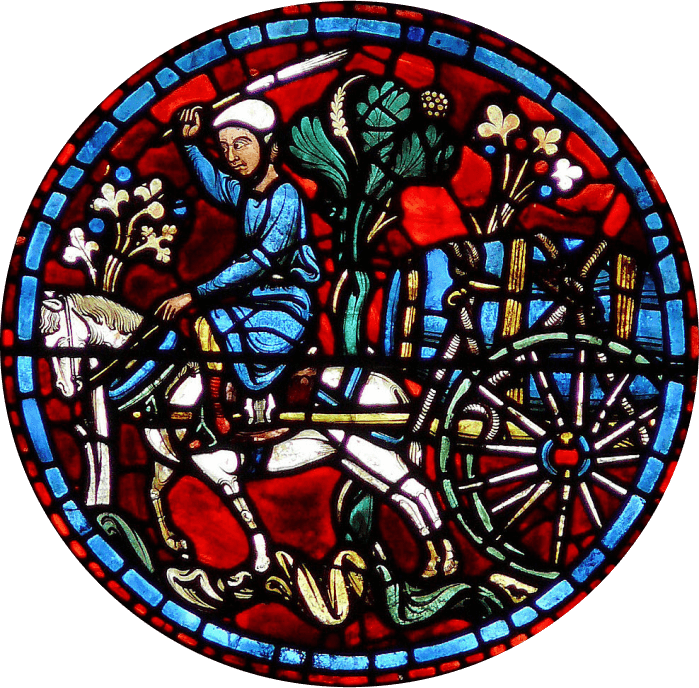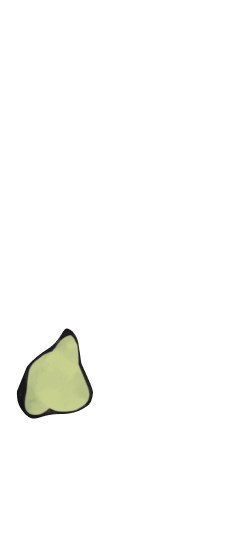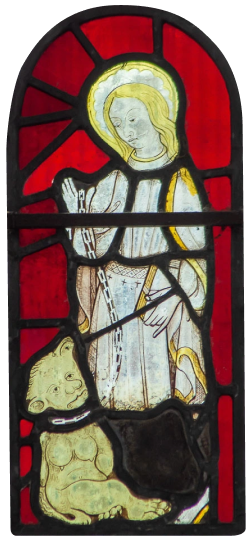






The process
of its creation
in Medieval Times
South Rose Window, Chartres Cathedral

Thanks to written records from people of the time, such as Theophilus, a German monk, we can have an understanding of the process of stained glass creators back then.
During medieval times, stained glass windows were made from a combination of sand and potash (wood ash). These two ingredients were heated to the point where they’d liquify and become glass when cooled. In order to color the glass, powdered metals were added into the molten (heated) mixture before it cooled.
@ania._.melnik
to be continued

In order to connect the pieces of stained glass in their patterns as determined by the artist, lead was used along with putty. When put together like pieces of a puzzle, the whole window became stabilized by an iron frame. That’s how stained glass windows were made during The Middle Ages.
Stained glass was a mosaic of different shapes and sizes of glass, first assembled on a drawn piece of board to map out their placements. If there was a need for shadows or outlines, artists would use black paint to add these details to the glass.

































